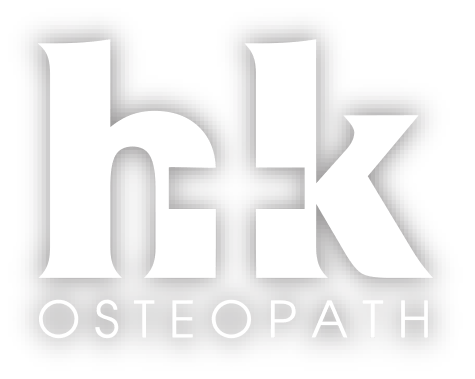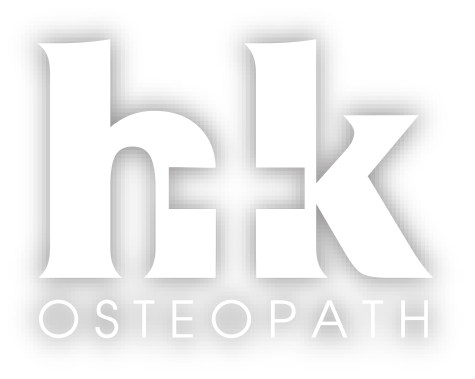Comprehensive advice and treatment for sports injuries in Mt Maunganui
Helping you reach the best possible outcome
You can expect comprehensive treatment and advice when making an appointment with HK OSTEO in Mt Maunganui.
HK Osteo will help you reach the best possible outcome for work and sports related injuries, as well as congenital problems. We are proud to offer some of our editorials and links for your further information.
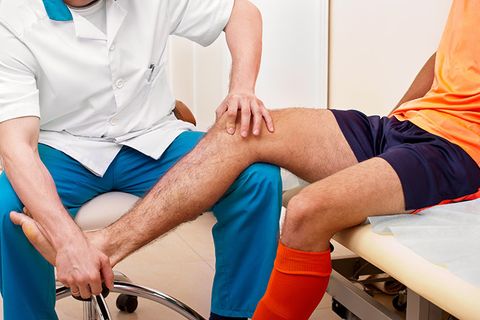
Editorials
Rice pain - Christmas injury prevention
Rice is an unknown yet really good option to use as well....no not to eat, but the pneumonic of Rest, Ice, Compression and Elevation. This is pretty self-explanatory in treating a strain or a sprain, which are some of the more common injuries.
Rest:
Stop using the joint, as further activity is more likely to annoy and damage tissues associated with the joint.
Read More
Ice:
Helps to reduce inflammation. This is a natural part of the healing process, but too much can cause damage by over-stretching and straining tissues within the body.
Compression
This prevents too much of the inflammation expanding and damaging other tissues. Use a compression bandage lightly on the area, not too tight otherwise you may reduce circulation.
Read More
Elevation:
This helps drain any excess fluid away from the area, reducing the swelling and so aiding a quick recovery. Ideally the elevation should be above heart level.
Headaches
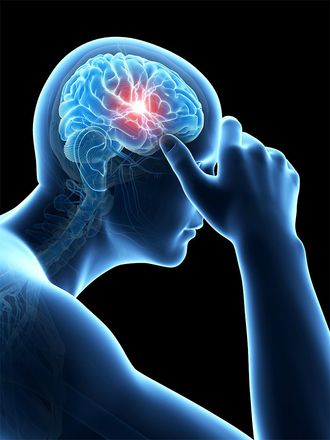
How headaches happen
Most headaches happen due to the blood vessels and muscles tightening, putting pressure on the surrounding nerves, causing pain. The main types of headache are tension and migraine (and hangover due to dehydration). Rarer forms are cluster headaches.
Other possible causes of headaches are:
- Eye strain, due to defective eyesight
- Sinusitis
- Toothache
- Digestive disturbances
- Allergy
- Tight muscles
- Hormonal changes
- Joint dysfunction
What you can do to help yourself
- Avoid excessive use of alcohol and tobacco
- Engage in correct posture while sitting and working
- Perform relaxation and stretching techniques on a consistent basis
- Get plenty of fresh air and exercise
- Put a cool, moist cloth across the forehead or eyes
- For migraine headaches, resting in a quiet, dark room may reduce symptoms and avoid certain foods which are thought to cause migraines (chocolate, cheese, alcohol, fatty fried foods, tea, coffee, seafood, pork).

Changes in the cervical spine can cause tension in the muscles of the upper back or neck region, restricting blood vessels or aggravating the outermost sheath of the spinal cord, resulting in a headache. As this tension builds it can refer pain to other areas making the headache 'grow' causing the pain to spread away from the original site. This type of intermittent or continuous headache can be due to muscle tension or joint dysfunction. These types of headaches can often be resistant to the usual medication but responds well to osteopathic manipulation and soft tissue techniques.
Back pain
What is an osteopath?
How can they help me?
- Acute injury - (lifting, sprains, strains, tendons and muscles)
- Trauma - (car accidents, fractures and ligament damage)
- Congenital problems - (stuff you are born with)
- Developmental and postural problems
- Arthritis
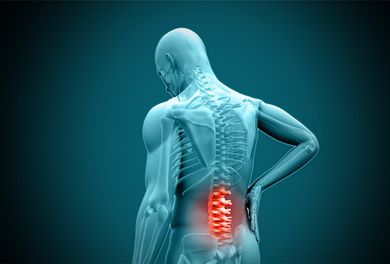
Osteopaths are primary health care practitioners that have been taught in wide range of medical sciences and are government registered with the Osteopathic Council of New Zealand (OCNZ). All these osteopaths are ACC registered and can put you on ACC so you don't need a referral. Osteopaths treat a wide range of muscular skeletal and body aches and pains, poor functioning on the body, most things from headaches to a strained little toe.
Pain is often something that you feel that you “just live with.” If you do then it may become ongoing (chronic), you may not function properly and may experience local pain - at the site of injury, or referred pain - in an area away from the injured site. Other problems may include muscle spasm and tension which can reduce the range of motion of your neck, leg, arm or back.
This can all happen over a period of time which you may notice until you now have difficulty putting on your shoes, gardening, driving, sitting or other simple tasks that we all take for granted. These tasks can now all cause unnecessary pain or discomfort, and can often be eased with Osteopathic treatment, leading to a more “normal” and active life. The sooner the problem can be addressed, the shorter and more efficient the treatment will be.
Asthma
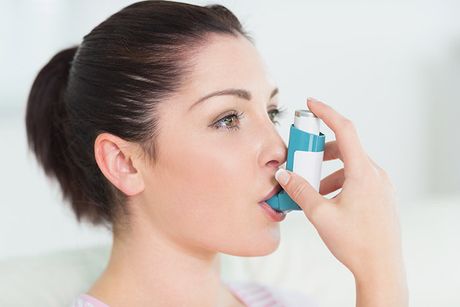
The tubes (bronchioles) to the lungs can become narrowed by either a muscular spasm or an irritation of their lining producing inflammation, a thick mucous, both will mean there is less space in these tubes for the air to travel down causing the characteristic 'wheeze' of asthma. The definition of asthma is that this is reversible, unfortunately not completely in everyone.
'Attacks' can be caused by a number of stimuli, small particles, (dust, pollen, smoke) exercise, stress, excessive laughter, crying or screaming.
If an attack occurs ask the individual if they have any medication on them, be aware they may not have the breath to answer, so hand signals work. Sometimes moving to a different location that is calm, clean, quiet, shaded and ventilated, may help, if it doesn't seek medical advice.
In between attacks the use of manual therapy to relax the accessory muscles of respiration may be helpful, these muscles are used in heavy breathing and can tighten in asthmatics, which makes breathing shallower. Loosening these (QL Traps Scalenes) and other muscles and keeping the joints of the neck, back and chest free can assist in reducing the severity and frequency of the attacks as well as make the individual more comfortable. Breathing exercises can be very helpful to an individual who can then take some control in the earlier onset of an attack, hopefully removing the need for further intervention.
Glucosamine
Glucosamine is a substance called an amino sugar. These are not the sugars which are used for energy within the body but are components of carbohydrates that are incorporated into the structure of body tissues. Glucosamine is used in the formation of nails, tendons, skin, eyes, bone, ligaments and heart valves. Glucosamine also has a role to play in mucous secretions of the digestive, respiratory, and urinary tracts. One of the primary physiological roles of glucosamine is in the joints where it stimulates the manufacture of glycosaminoglycans, key structural components of cartilage. Glucosamine also helps cartilage to absorb sulphur, helping collagen production, and slowing down the ageing process.
The main use of glucosamine sulphate is in the treatment of osteoarthritis it is a safe and effective alternative to non-steroidal anti-inflammatory drugs (NSAIDs). It can also be useful in the treatment of asthma, bursitis, candidiasis, food allergies, osteoporosis, respiratory allergies, tendonitis, vaginitis and various skin problems.
So if you have one of the KCl or NaCl forms of the sulfate when you think you are buying a quality product, you are actually getting 30% of your dose as ordinary table salt. A good liquid brand should include glucosamine sulfate or HCL or both and other "synergistic" (effective in combination) ingredients as well. Glucosamine in tablet form has lower absorption capabilities. Some of the better formulas also contain chondroitin and MSM.
Pills and capsules may cost less, and you get less absorption for your money. Liquids are fast - you do not even have to wait for them to dissolve. They start working as soon as you swallow. Glucosamine sulphate has been shown to have a 98% abortion rate which can then be distributed to the connective tissues of joints, cartilage, ligaments and tendons. As people age they lose the ability to produce sufficient levels of glucosamine, a major factor leading to osteoarthritis.
Signs and symptoms of deficiency
Osteoarthritis, substantial cartilage degeneration primarily of weight-bearing joints leads to cartilage hardening and large bony spurs at the joint edges these can cause pain and deformity reducing the joints range of motion.
The onset can be subtle and often starts with morning stiffness, progresses to pain with movement, of the involved joint (most commonly the knees, hips and joints of the hands) and made worse by prolonged activity but eased with rest.
Different types of Glucosamine
There are different types of Glucosamine that are available. These are; sulphate, HCL, NAG. Some have NaCL (Sodium Chloride) or KCl (Potassium Chloride). If the ingredients list says potassium or salt after the sulfate, it refers to unneeded and cheaper carrier molecules which can contribute up to 30% of the product's weight.
Read More
Sulphate -v- NAG
It has been suggested in scientific trials that the evidence for the absorption of the N-acetyleglucosamine (NAG) is not as efficient as that of the glucosamine sulphate, and when it has been absorbed the ability of it to be used by the cartilage is less than that of glucosamine sulphate which has at least twice the absorption and utilization of NAG.
Sulphate-v- HCL (hydrochloride)
Sulphur has been found to be an essential nutrient for joint tissue, from the 1930's it has been demonstrated that people with arthritis are often sulphur deficient, it is also essential for the production of chondrotin and kearatin sulphate which help to reduce the destruction of cartilage. These advantages of sulpur suggest that the lack of sulphate in the HCL from will not give these significant benefits.
Read More
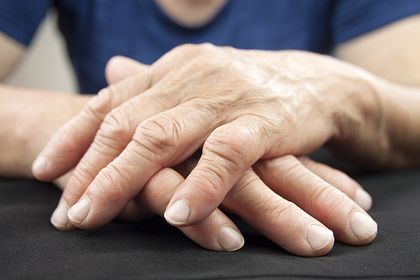
Glucosamine Sulphate -v- pain relief(nerophen, asprin)
In clinical trial people on 1200mg of ibuprofen a day show a greater improvement of pain relief in the first 2 weeks, against those on 1500mg of glucosamine sulphate per day. However after 4 weeks those taking glucosamine sulphate showed a significant improvement, with greater pain relief, increased joint mobility and less side effects.
Other trials have shown that the longer glucosamine sulphate is used the greater the benefits. There was no difference of side effect between the placebo and glucosamine sulphate within the study. There is also some evidence that NSAIDs may inhibit sulphur absorption and therefore reduce the natural repair of cartilage. Glucosamine Sulphate has an excellent safety record in human studies, as such it has been recommended by some experts as the preferred oral choice for long term use for rheumatic disorders.
Side effects when they do appear are normally light to moderate problems like upset stomach, heartburn, diarrhoea, nausea and indigestion. If these symptoms happen then the glucosamine sulphate should be taken with meals.
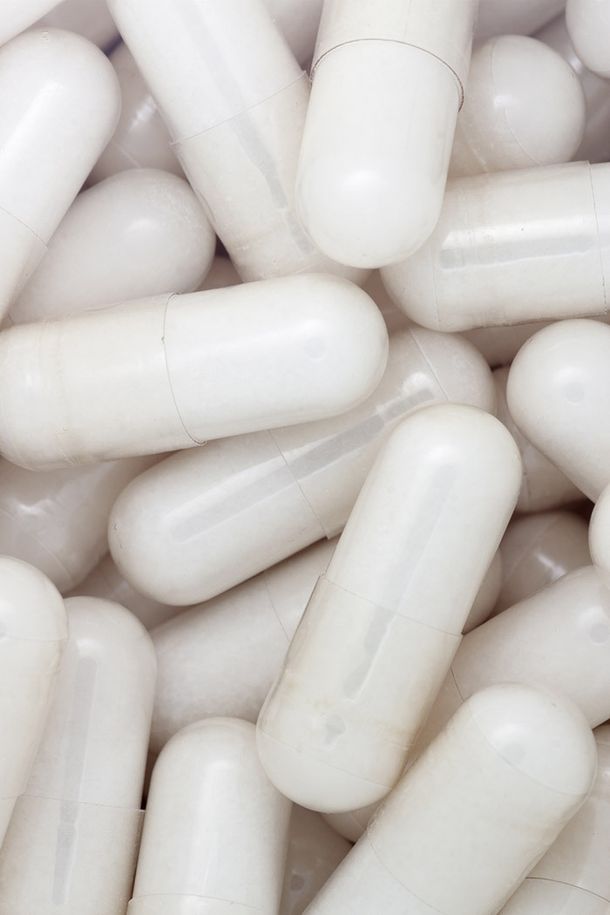
Sulphur sensitive
Some people are “allergic to sulphur” this is normally in association to sulphur drugs or sulphate food additives.
Sulphur is an essential mineral and the sulphate form of sulphur is present in human blood. As a result it is extremely well-tolerated by the body and no allergic reactions have been reported.
Dosage
The standard dosage for glucosamine sulphate is 500mg 3 times a day. Larger individuals may need to modify this dosage based on body weight, 20mg per Kg body weight daily. If diuretics are taken again the dosage may need to be increased.
